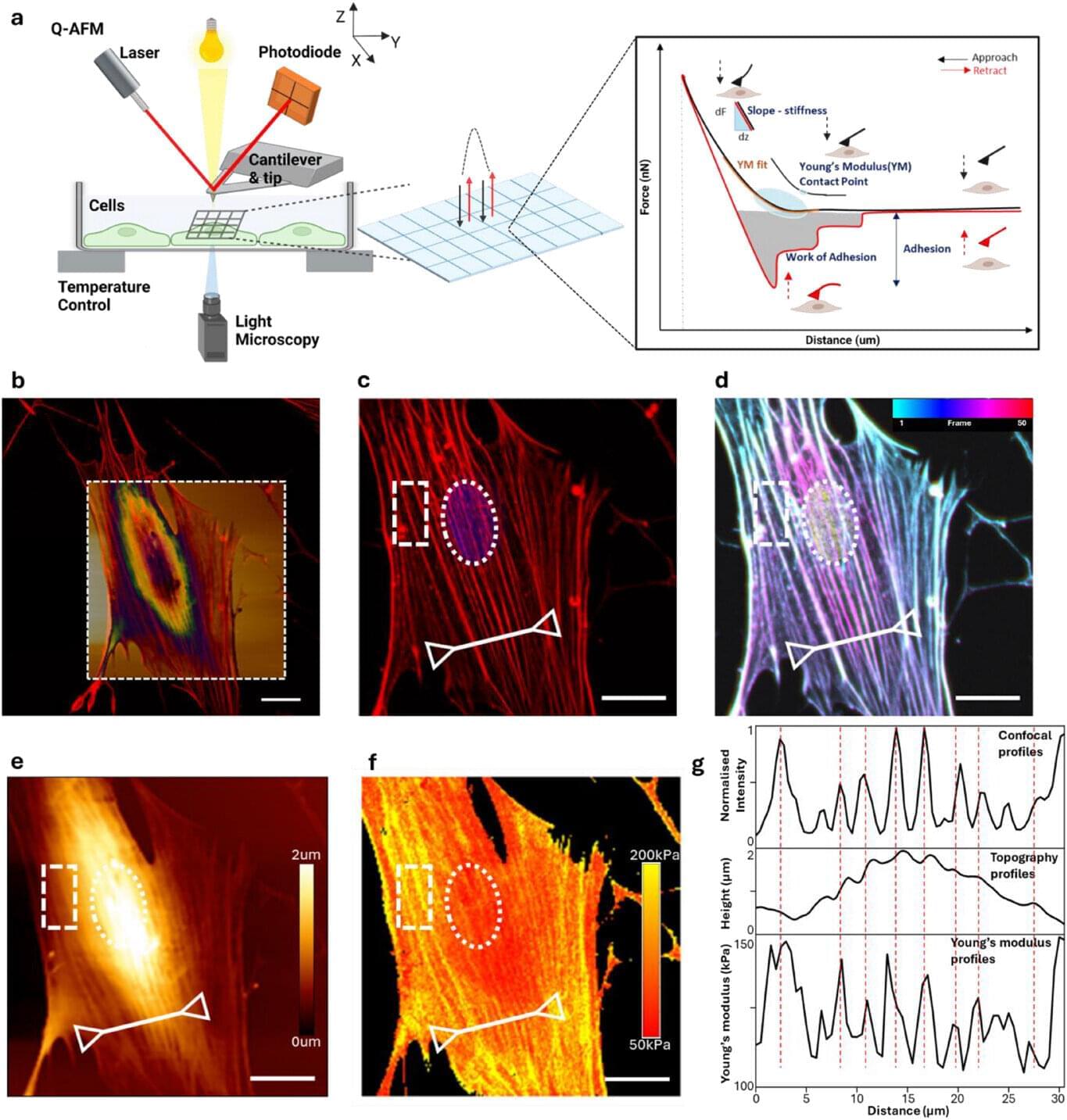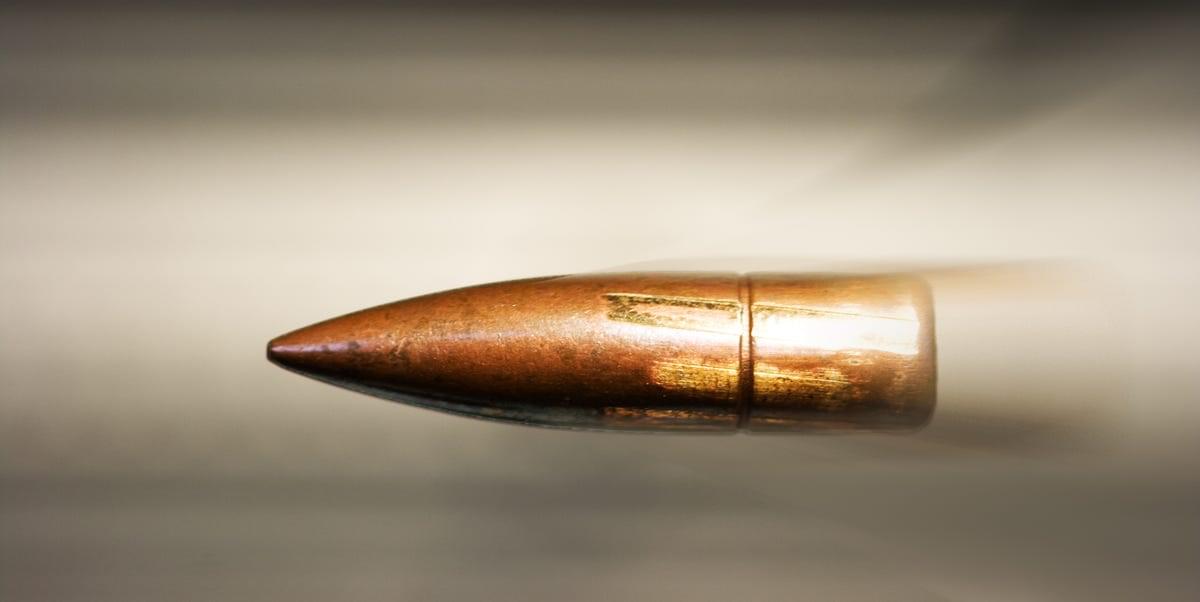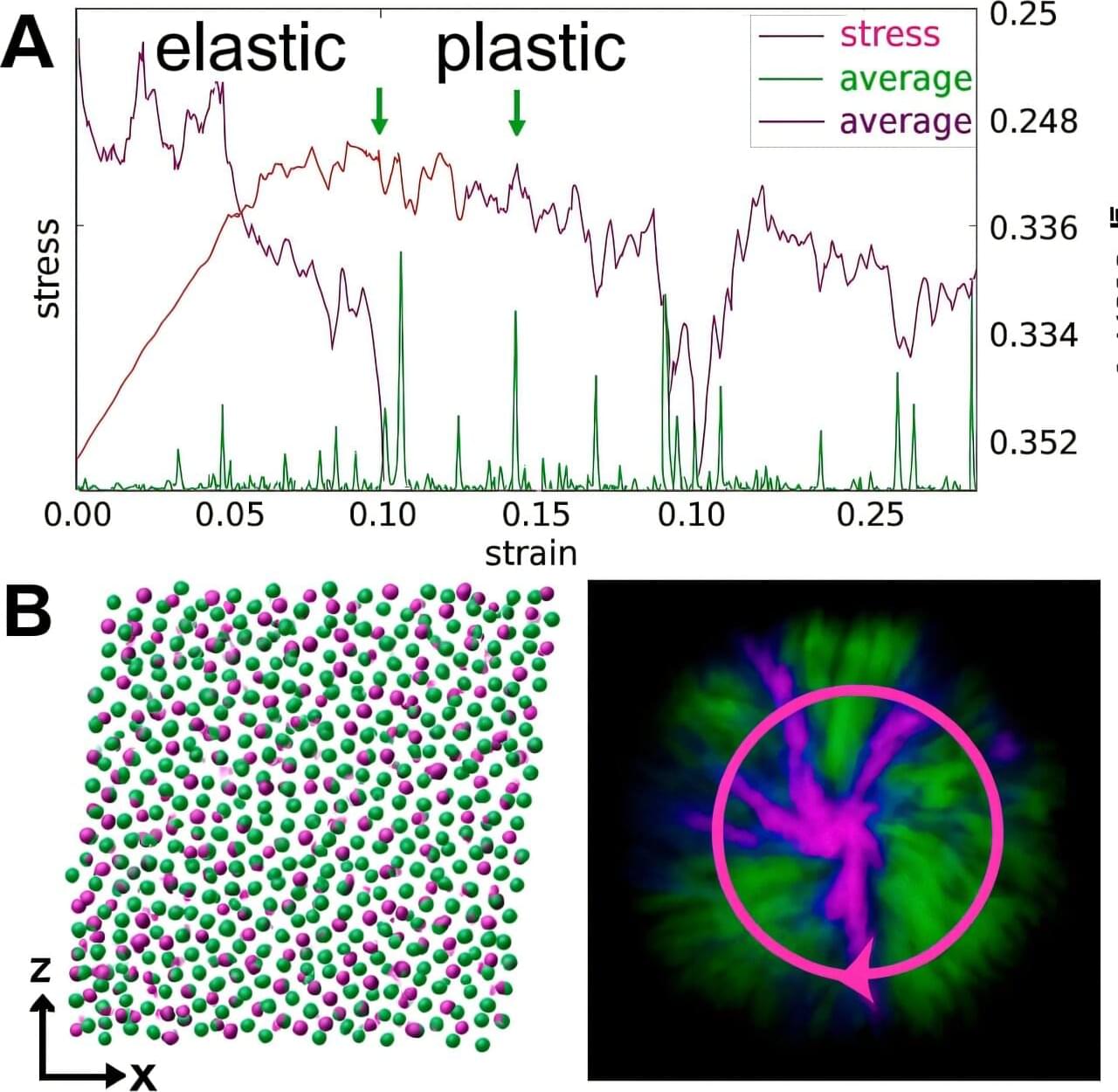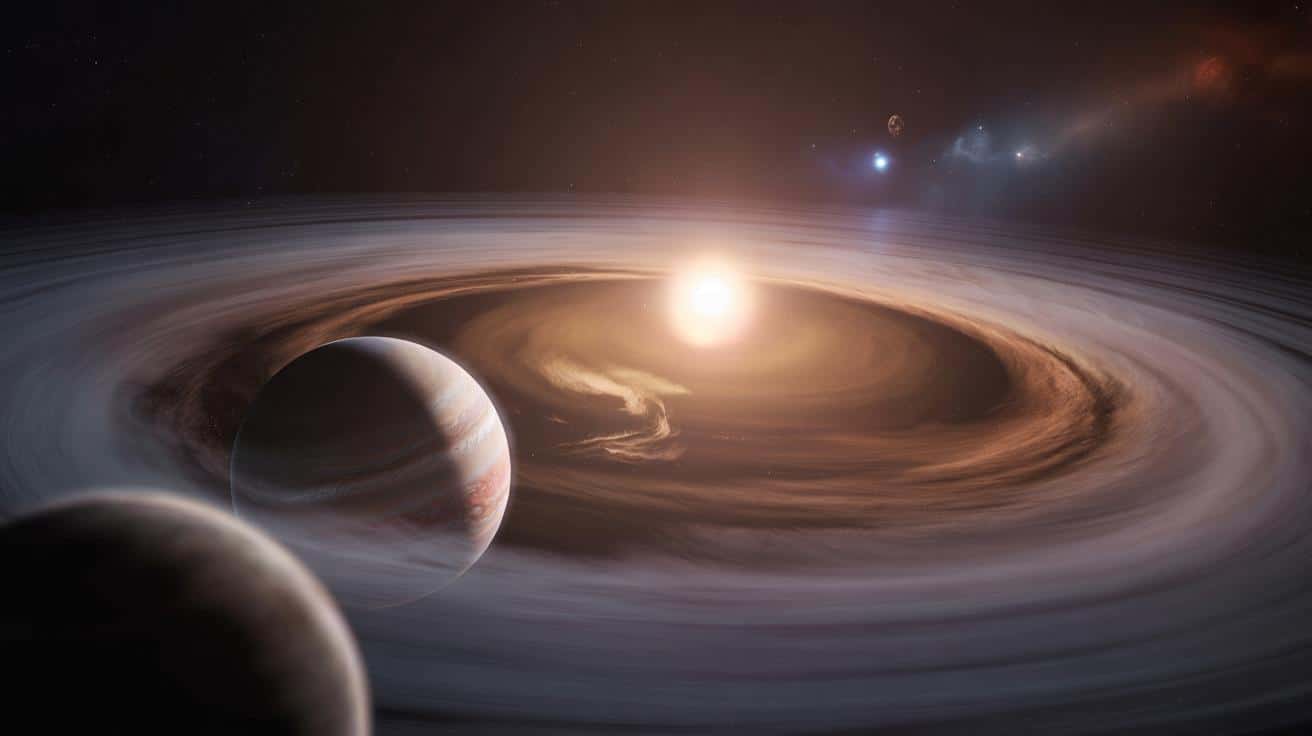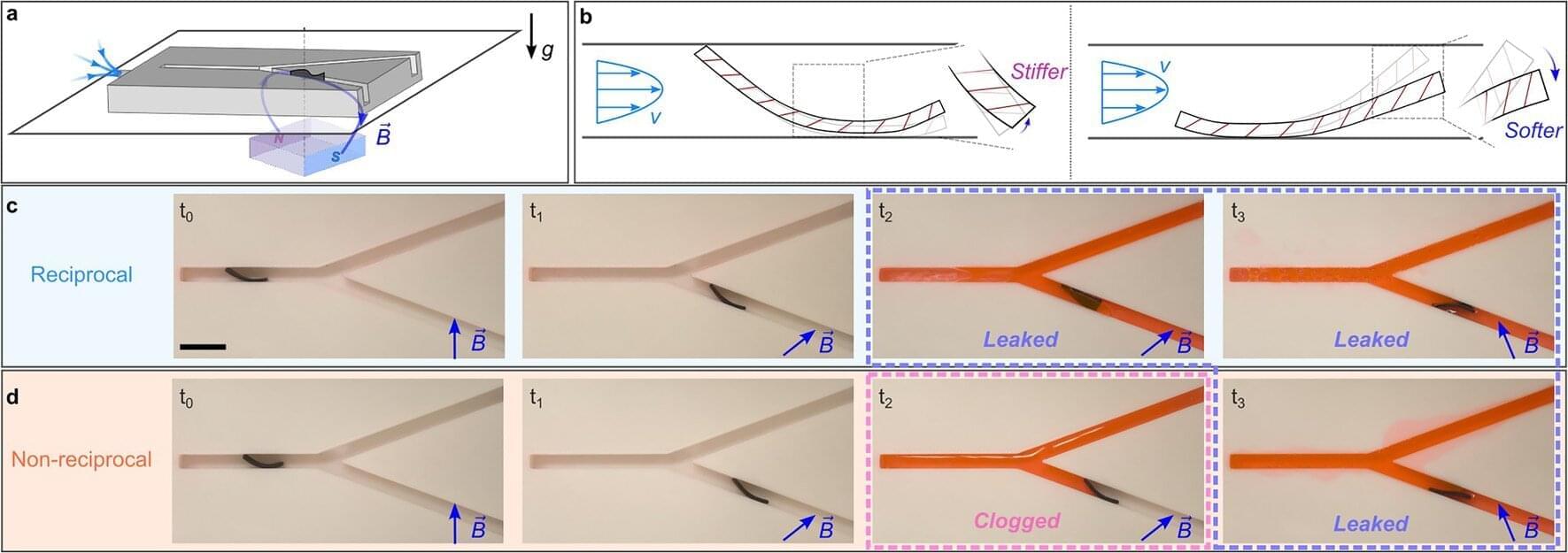Scientists in Melbourne have discovered how tiny electrical pulses can steer stem cells as they grow, opening the door to new improved ways of creating new tissues, organs, nerves and bones.
Dr. Amy Gelmi, a senior lecturer at RMIT University’s School of Science, led the work using advanced atomic force microscopy to track how stem cells change their structure when exposed to electrical stimulation.
The study reveals, for the first time, how living stem cells physically respond to external signals in real time—reshaping themselves within minutes and setting off changes that influence what type of cell they eventually become. The paper is published in the journal Advanced Materials Interfaces.
